
BE THE FIRST TO KNOW
Subscribe to the Porto eCommerce newsletter to receive timely updates from your favorite products.
Laminate flooring has redefined itself in the modern flooring market. Once dismissed as a cheap substitute for hardwood, today’s laminate is engineered for performance, style, and ease of installation. Whether you’re renovating a high-traffic commercial space or choosing the right surface for a growing family home, laminate offers a balance of durability, design versatility, and affordability that’s hard to beat.
With advancements in imaging technology, wear layers, and core density, it’s now possible to achieve the look and feel of premium hardwood, —without the high price tag or maintenance headaches.
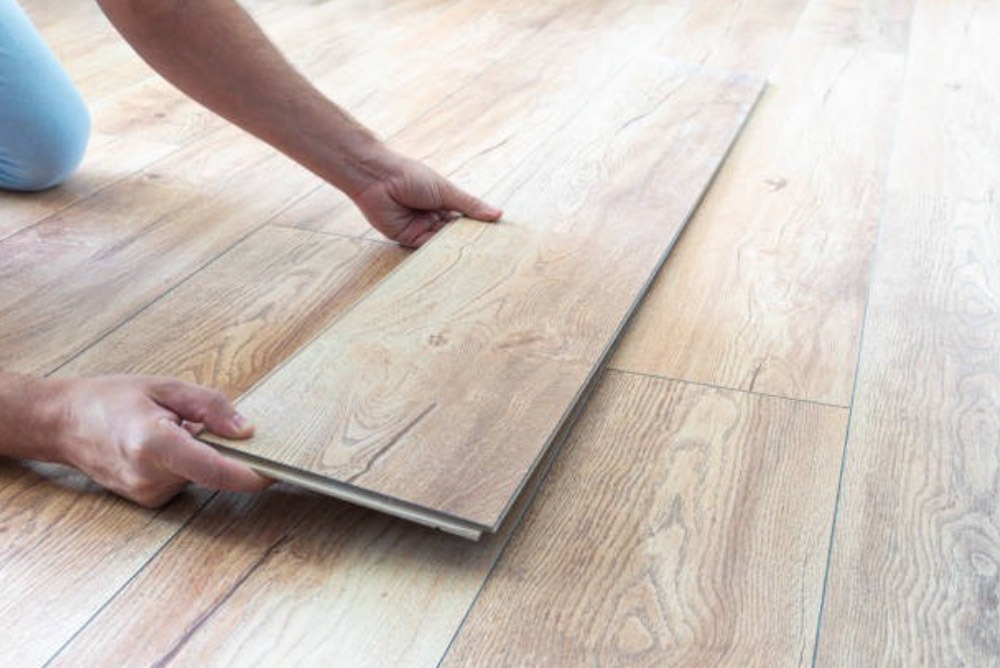
In this comprehensive guide, we’ll break down everything you need to know about laminate flooring in 2025. From how it’s made and how to install it, to performance comparisons and care tips, this is your go-to resource for making a smart, stylish, and budget-conscious flooring decision.
What was once a basic alternative to hardwood has undergone a transformation driven by new technologies and shifting consumer demands.
Today, laminate offers not only stunning visuals but also impressive resistance to wear, scratches, and sunlight making it ideal for spaces where both aesthetics and performance matter. But there’s more to laminate than its surface appeal. It’s a flooring solution rooted in accessibility.
For people who want the warmth and elegance of hardwood but have kids, pets, or a tighter remodeling budget, laminate is the smart alternative. It’s also DIY-friendly, often requiring no glue or nails, which saves on installation costs and makes it a favorite for weekend warriors.

And with improved environmental standards, many modern laminate options are now more eco-conscious than ever using sustainably sourced wood fibers and low-VOC adhesives. This guide is designed to help you navigate all those features and choose the right laminate product for your home or project.
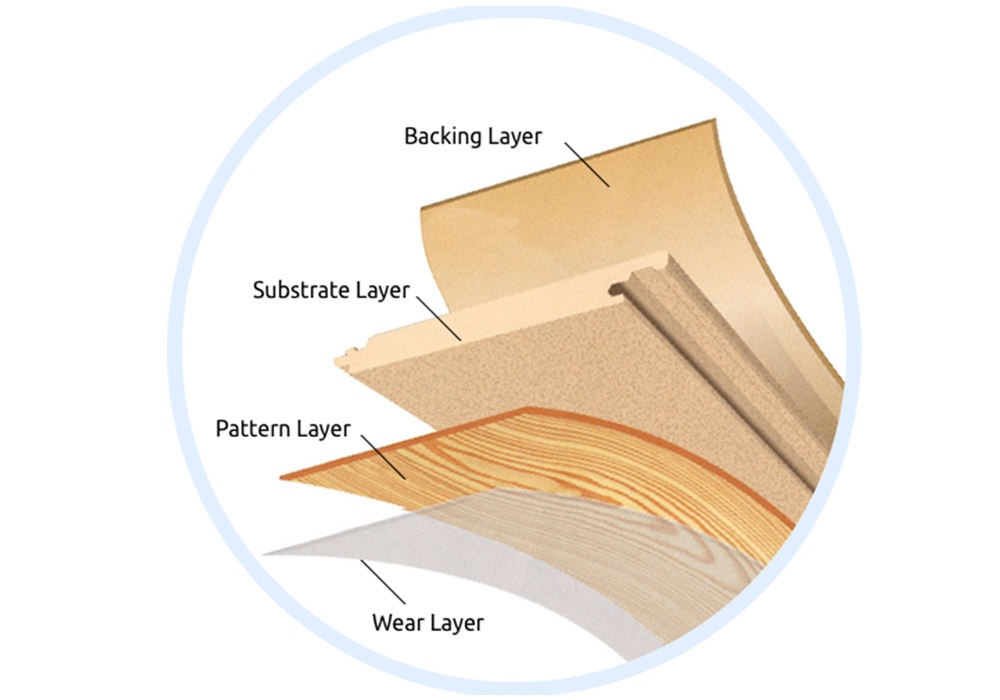
Understanding how laminate is made gives you insight into what you’re really walking on—and why some products last longer or look better than others. At its core, laminate is a multi-layered synthetic product that combines durability and design through careful construction. With manufacturers constantly refining how these layers interact, today’s laminate floors can offer even better resilience, environmental safety, and authenticity than ever before.
Let’s break down the anatomy of laminate flooring.
The basic structure of laminate flooring includes:
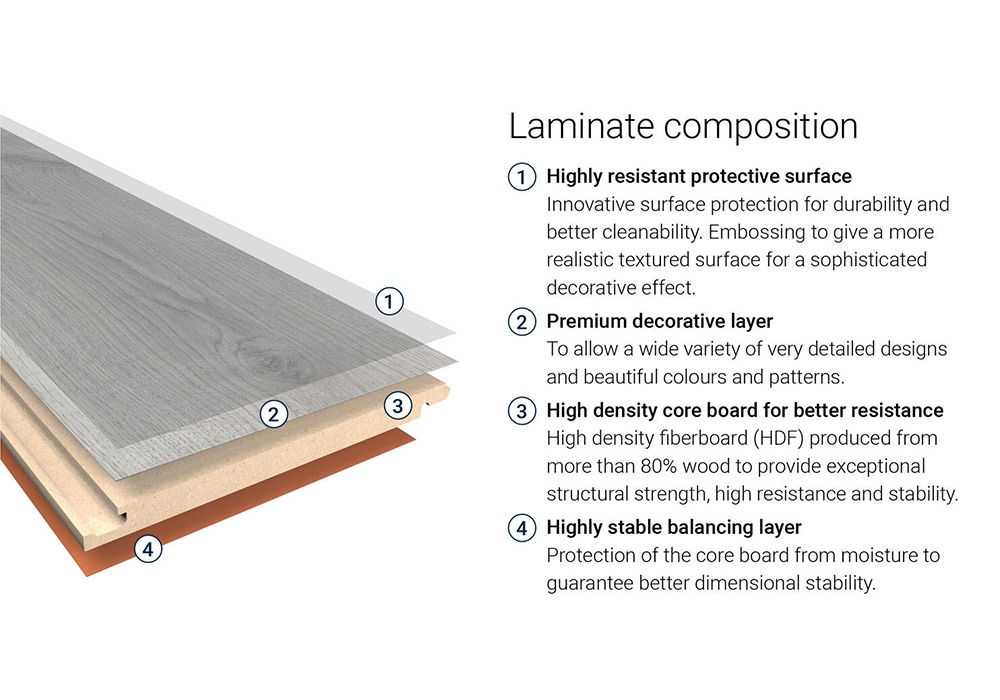
Each of these layers plays a critical role. When you invest in high-quality laminate, you’re getting thicker wear layers, sharper imaging, better water resistance, and increased dimensional stability.
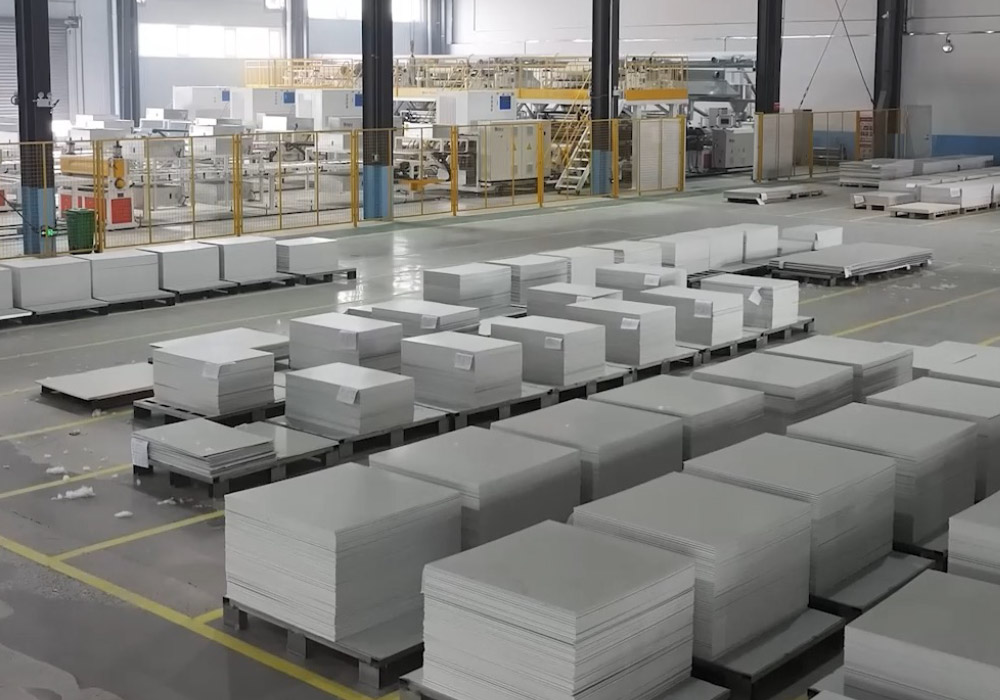
Credits to DECNO GROUP Ltd.
Top-tier laminate flooring uses advanced printing and embossing techniques that mirror the look and feel of real wood, including textured surfaces that align with the visual grain (called “registered embossing”). Better products also include water-resistant or waterproof cores, antimicrobial coatings, and UV protection to prevent fading.
The reality is: not all laminate is created equal. Entry-level options may look fine at first, but they often lack the build quality to hold up over time. That’s why understanding the technology behind the product is so important. A slightly higher investment upfront often results in longer-lasting, more realistic flooring that performs under daily wear and tear.
Laminate isn’t a one-size-fits-all solution, but it’s remarkably versatile. This section lays out the key benefits and the few limitations, so you can confidently decide if it fits your project, lifestyle, and long-term needs.
Laminate mimics the appearance of real hardwood, at a fraction of the cost. With today’s imaging tech and embossed finishes, most people can’t even tell the difference unless they touch it.
Laminate’s click-lock or tongue-and-groove installation system makes it one of the easiest floors to install yourself. It doesn’t require nails or glue, and it can often be floated over existing flooring with minimal prep.
Thanks to its aluminum oxide wear layer, laminate is resistant to scratches, dents, and fading from sunlight. This makes it a great option for households with pets, kids, or high foot traffic.
Laminate doesn’t need waxing or polishing. Regular sweeping or vacuuming plus the occasional damp mop is all you need. It also doesn’t trap allergens like carpet does—great for asthma-prone families.
Whether you’re into rustic farmhouse planks, sleek gray tones, laminate offers it all. Many collections now feature beveled edges, texture-matched embossing, and high-def visuals for maximum realism.
Traditional laminate is not waterproof. While water-resistant products now exist, they still require careful cleanup of spills and moisture. For kitchens, laundry rooms, or basements, you’ll need a water-resistant or waterproof-rated option.
Unlike solid hardwood, once laminate is scratched or damaged, it cannot be sanded down or refinished. You’ll need to replace the plank.
Because it’s a floating floor, laminate can sound slightly hollow underfoot—especially if installed without proper underlayment. Choosing a good underlayment can fix this.
Not all laminate is created equal when it comes to sustainability. Some brands still use formaldehyde-based adhesives or non-recyclable materials. Choose products that are FloorScore® or GreenGuard® certified for low VOCs and sustainable practices.
Not every room is laminate-friendly, but many are. Knowing where laminate excels can help you extend its lifespan and get the most value for your money.
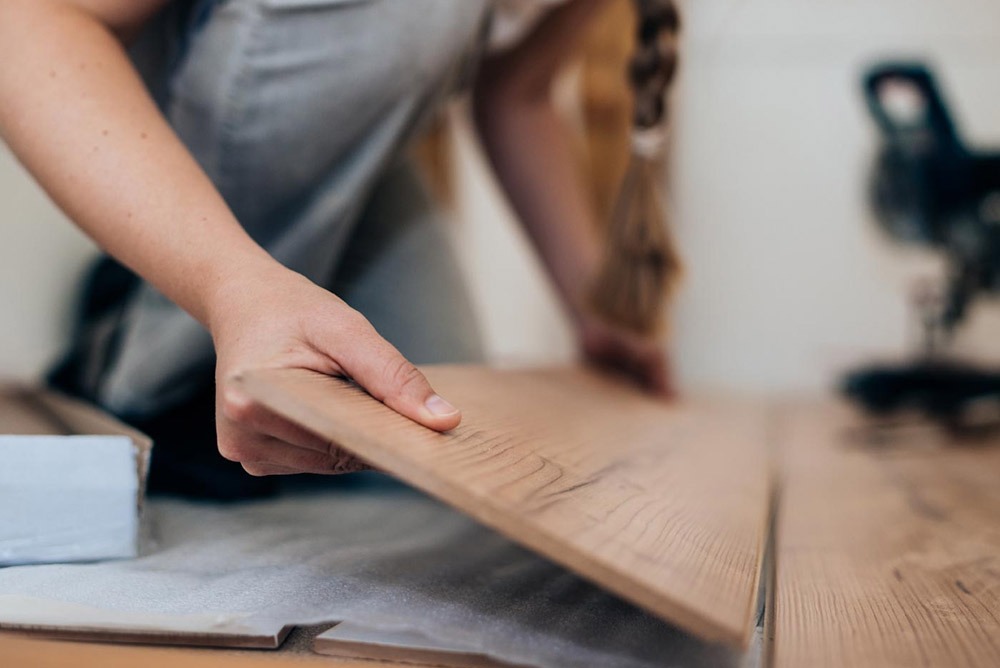
What does laminate really compete with? In this section, we’ll break down how laminate stacks up against its most common rivals: hardwood, inyl plank, tile, and engineered wood.
Choosing flooring isn’t just about cost or appearance—it’s about lifestyle, longevity, and performance. Let’s compare laminate to other top flooring types to help you make an informed choice.

Best for: Budget-conscious buyers who want the wood look without the upkeep or price tag.
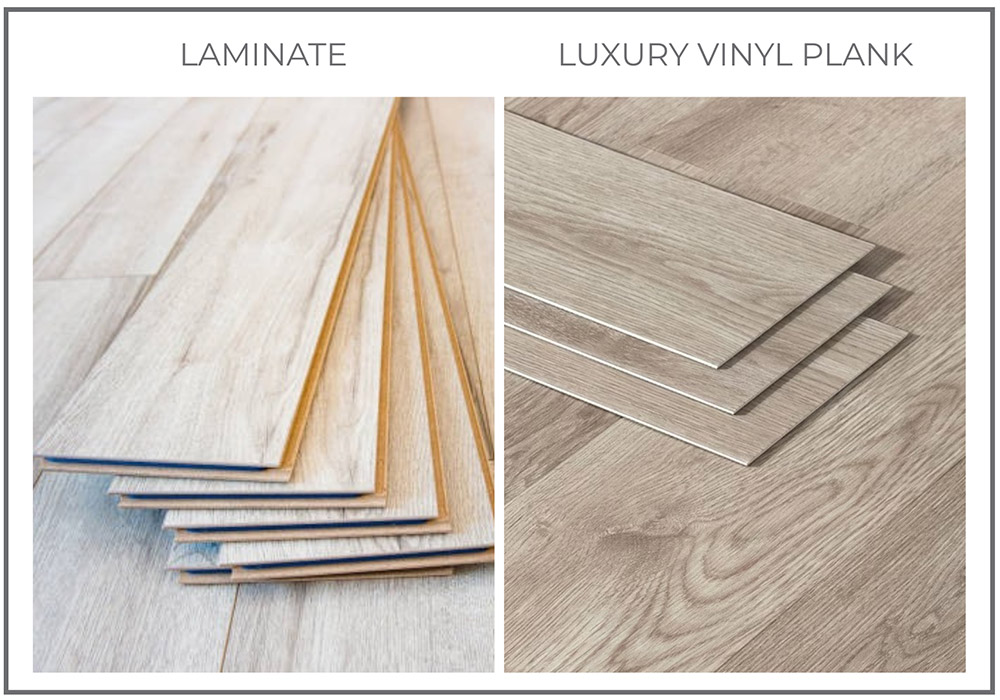
Best for: Those deciding between style (laminate) and waterproofing (LVP).

Best for: Homeowners seeking easy installation and comfort over raw durability.
Let’s talk numbers. Laminate is known for its affordability, but prices can vary depending on quality, brand, features, and installation.
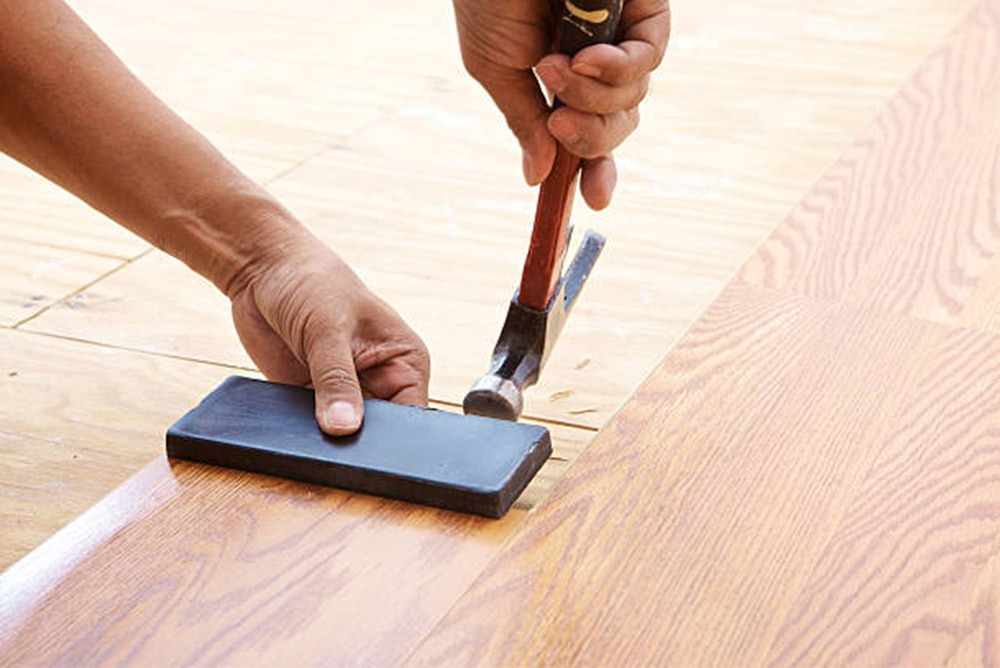
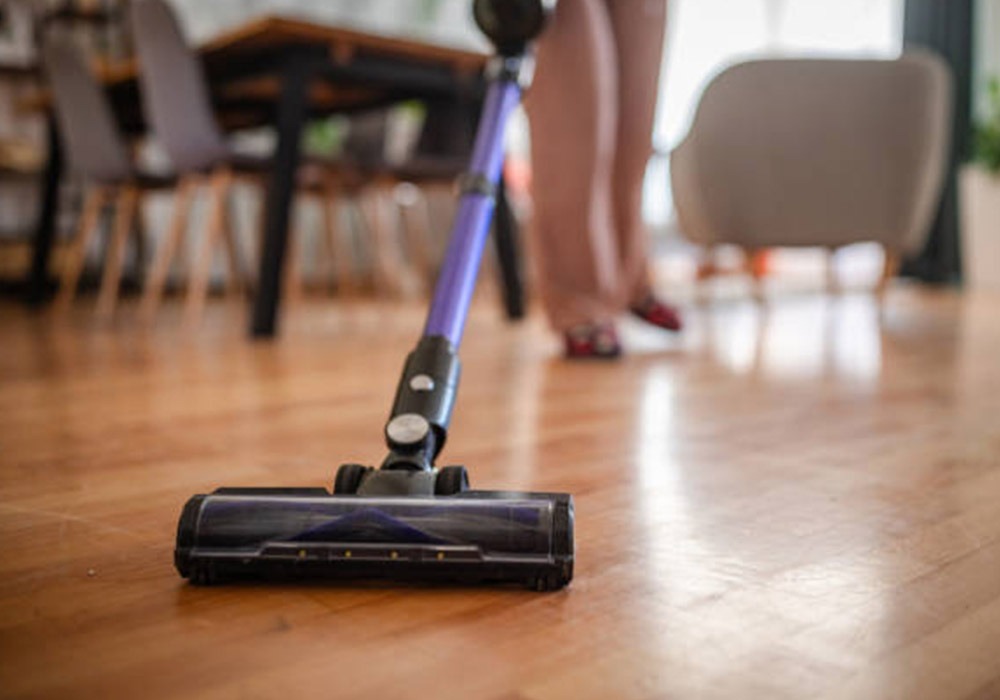
Laminate is low-maintenance, but not maintenance-free. To keep it looking its best for years:
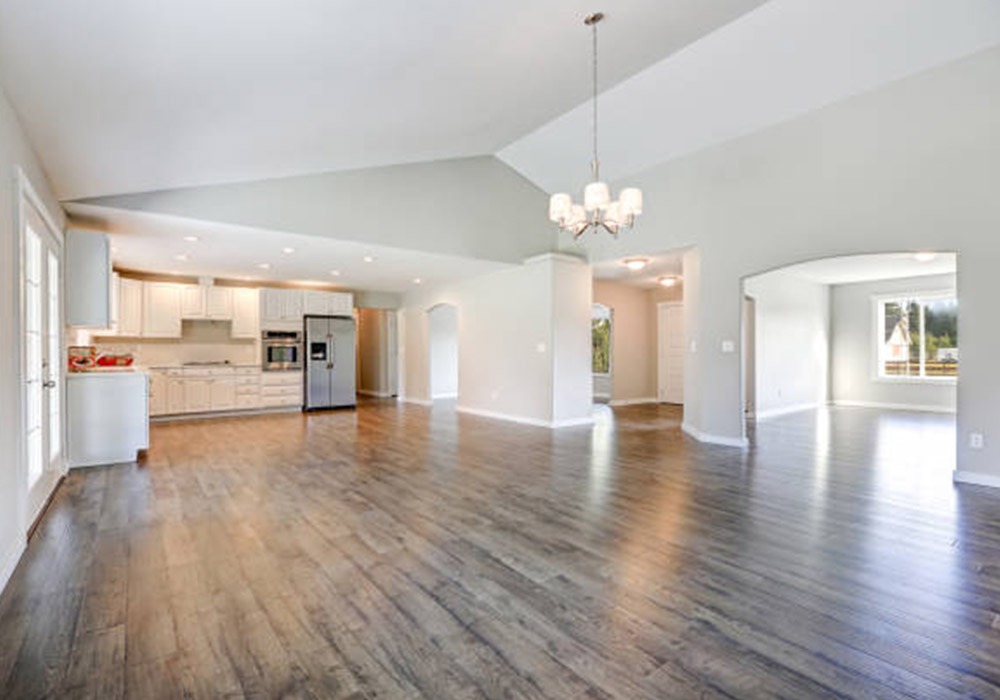
At the end of the day, laminate is a tool—it has to work for your life, not just your eyes.
Laminate flooring today isn’t what it was 10 years ago. It’s smarter, tougher, and more beautiful than ever. If you’re looking for a smart way to refresh your space without sacrificing performance or breaking your budget, laminate might just be your perfect fit.